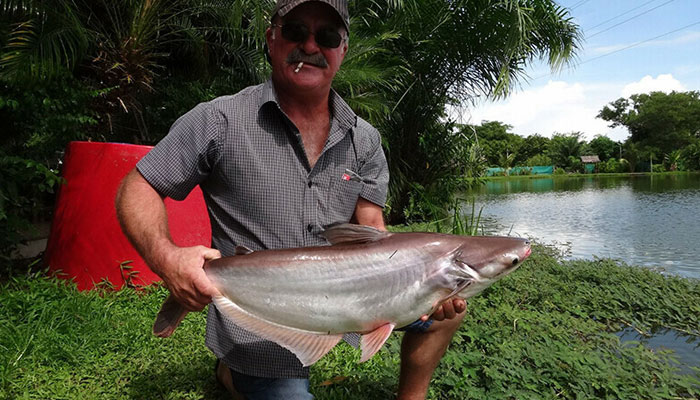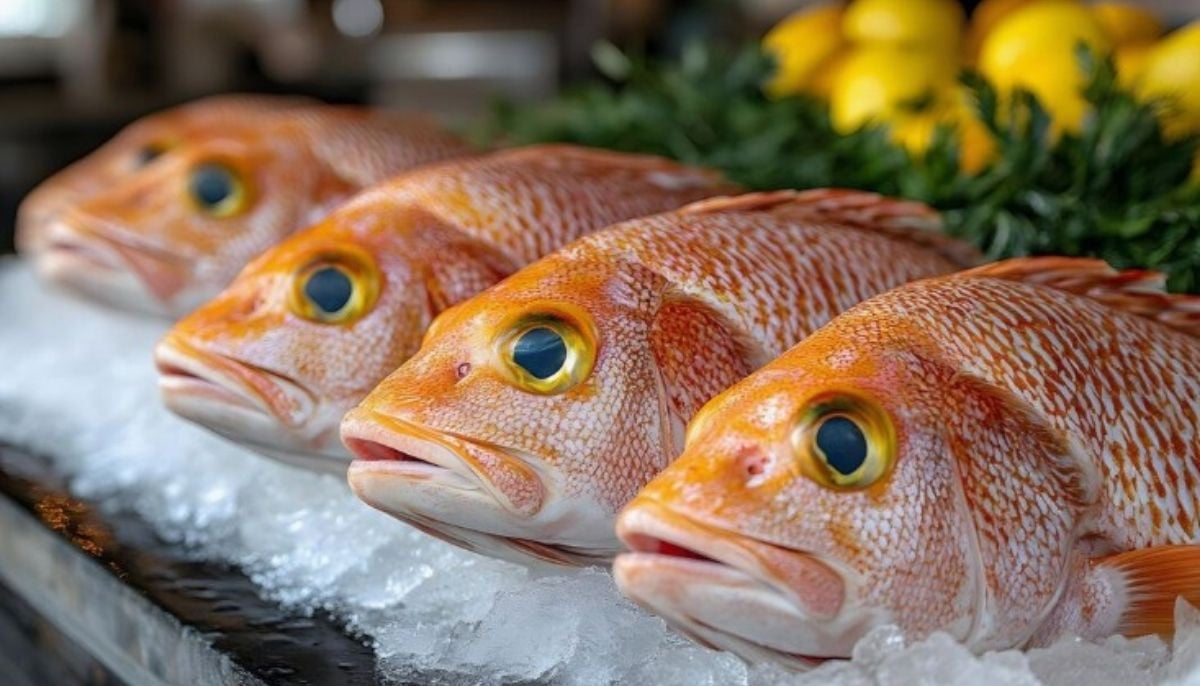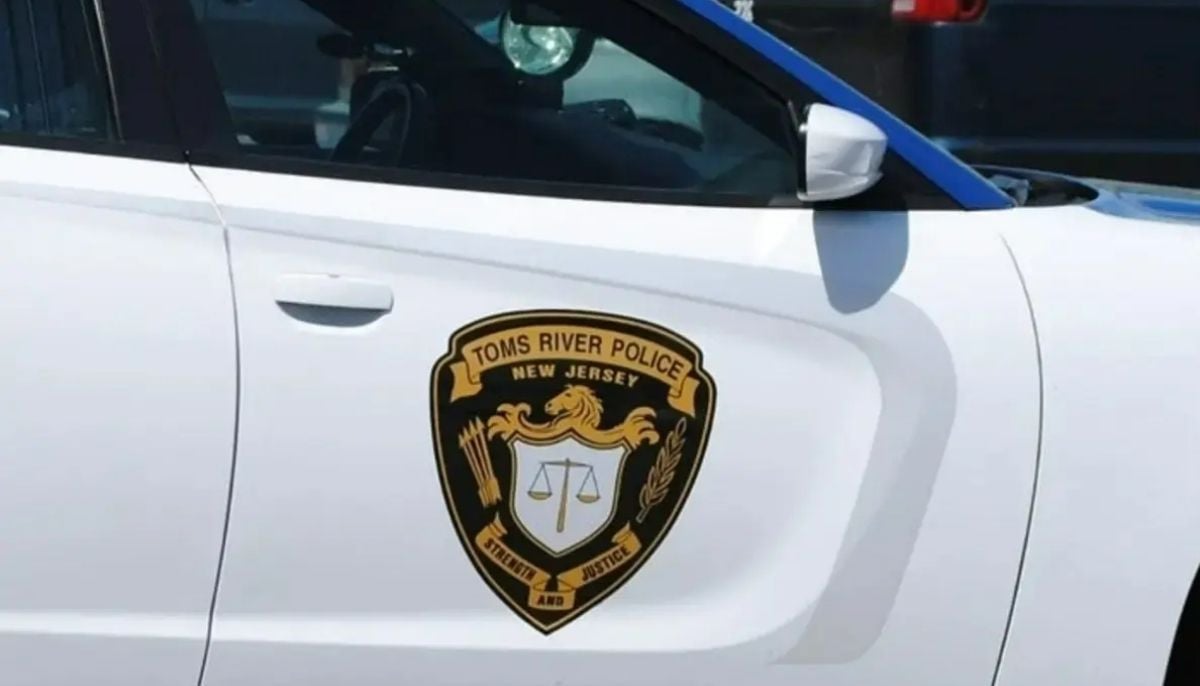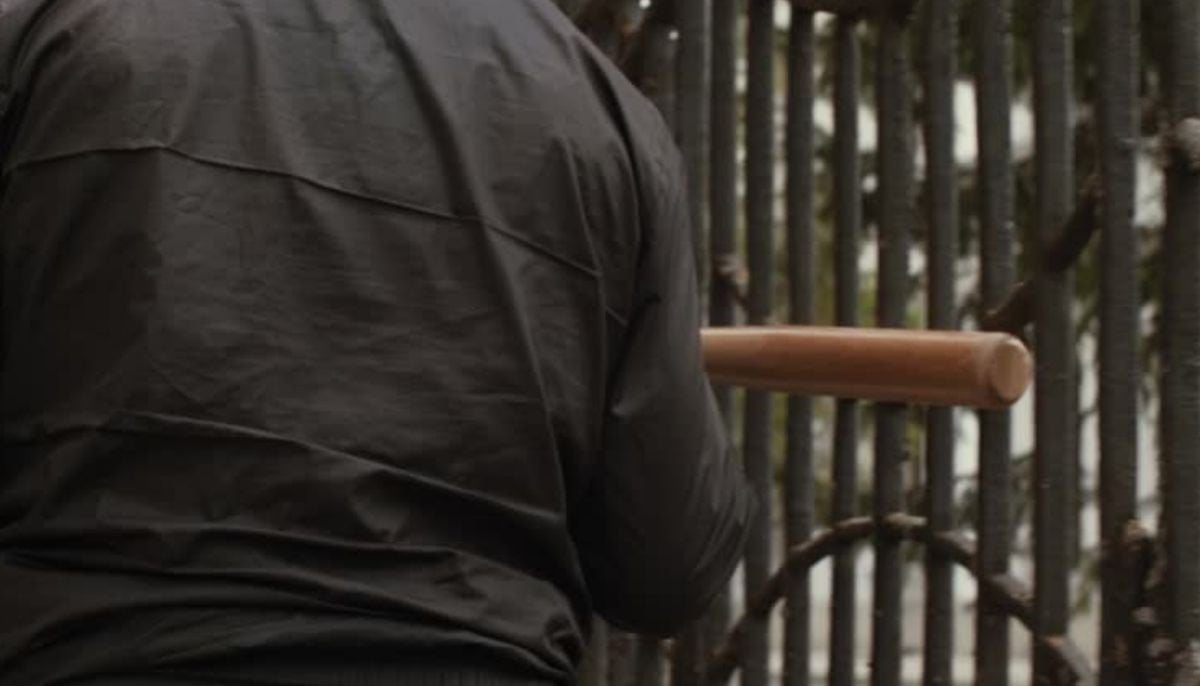Remains of missing fisherman discovered inside crocodile
An Australian man who went missing while fishing with his friends has been discovered inside a crocodile
The remains of Kevin Darmody, a 65-year-old Australian man who went missing while fishing with friends, were found inside a crocodile in a remote part of northern Queensland. Darmody was last seen on Saturday at Kennedy's Bend, a well-known saltwater crocodile habitat. After a two-day search, police euthanised two large crocodiles and found human body parts. A formal identification process will be carried out.
Darmody was an experienced fisherman and a well-known member of the community in Cape York. The two crocodiles, which measured 4.1m (13.4 ft) and 2.8m in length, were shot dead on Monday about 1.5 km (0.9 miles) from where he was last seen. Human remains were found inside only one of the reptiles, but wildlife officers believe both were involved in the incident.
Although the fishermen with Darmody at the time did not see the attack, they reported hearing him yell, followed by a loud splash. "I raced down… but there was no sign of him, just his thongs [flip-flops] on the bank and nothing else," his friend John Peiti told the Cape York Weekly.
Crocodiles are common in Australia's tropical north, but attacks are rare. Darmody's death is just the 13th fatal attack in Queensland since record-keeping began in 1985. A fisherman was killed by a crocodile in similar circumstances on Queensland's Hinchinbrook Island in 2021, and there were also fatal attacks in the state's far north in 2017 and 2016.
Since a hunting ban in 1974, Queensland's crocodile population has rebounded from a low of some 5,000 animals to around 30,000 today. A 2019 report suggested an average of 1.7 adult crocs living in each kilometre of the river surveyed. Under Queensland's management programme, "problem crocodiles" are removed from areas where they threaten public safety and, in rare instances, euthanised.
Despite publicity campaigns to be "crocwise" around rivers, there was an average of 1-2 deaths from crocodile attacks in Australia's Northern Territory each year from 2005. However, no crocodile attack fatalities have been reported in the region since 2018. The Northern Territory is home to the world's largest wild crocodile population of some 100,000 reptiles.
The incident has sparked a debate about crocodile management policies. Some have called for a cull of the crocodile population in Queensland, while others argue that the animals should be left alone. Queensland Environment Minister Meaghan Scanlon said the state government would not change its policy of managing crocodiles. "We want people to enjoy our waterways, but we also want them to be aware of the risks and to act responsibly," she said.
In addition to management policies, there have also been calls for greater education and awareness about crocodile safety. The Australian government has funded a "crocwise" campaign, which aims to educate people about crocodile habitats, behaviours, and how to reduce the risk of attacks.
In conclusion, the tragic death of Kevin Darmody is a reminder of the dangers posed by crocodiles in Australia's tropical north. While crocodile attacks are rare, it is important for people to be aware of the risks and to act responsibly when around crocodile habitats. Crocodile management policies will continue to be a contentious issue, with arguments on both sides about how to best protect public safety while preserving these ancient and important creatures.
-
Injured by bullets, New York father-son duo beat alleged gunman with a bat
-
Fire crews bring massive Wolverhampton factory blaze under control
-
Nvidia H200 faceoff: China to block AI chip imports after Trump’s approval
-
2025 was third-hottest year on record; will climate crises worsen in 2026?
-
2026 jobs outlook: Global unemployment hits 4.9%, decent work deficit widens
-
China defies Trump tariffs as trade surplus hits record $1.2T in 2025
-
Taiwan issues arrest warrant for OnePlus CEO Pete Lau
-
US formally approves Nvidia H200 chip exports to China: What conditions are in place?












